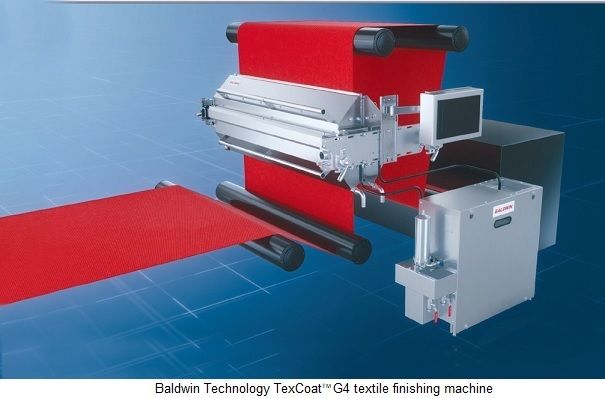20 per cent of the world’s industrial water pollution, and 10 per cent of global carbon emissions
Did you just roll your eyes after the above thinking here’s another textile bashing article?
It’s not – read on, especially if you are a brand or a mill in the business of textile finishing and dyeing.
In rivers, lakes and oceans around the world we can see the impact of hazardous chemical waste the textile industry contributes to. This is not new, surprising or hidden.
Why now?
Like many things in life that we want to ignore or pretend we do not see, we can do so only until we realise that we need to make a change, or someone calls it out so much that we are forced to confront the issue. Pollution has been one of those ignored ‘unseen’ things, but now it has been called out so loudly that it is no longer unseen or can be ignored. It is in front and centre. For consumers, the enemy is now the textile industry and their branded products.
The Promised Land
What would consumers, brands and mills consider a win-win?
1. Minimal environmental footprint on planet.
2. Maintain or lower production costs.
3. Increase speed of production and/or get more capacity from existing mills.
4. Increase brand reputation
Typically, #1 and #2 are a trade off against each other, but this is an old-world way of viewing progress. We are in a new era of advances in technology that place all of these upsides on the positive axis.
Myths Busted
Like all new processes and technologies, there are the early adopters who see the benefits and break the inertia, followed by, the fast followers who see the concept proved and finally, the laggards. We need to break the myths to break the inertia.
Before we dispel the myths, let’s introduce the technology. TexCoatTM G4 is the first non-contact finishing precision spray system which revolutionises textile finishing. Distinct from rotary sprays, it is a completely different technology which precisely applies finishing exactly and only where it is needed in a closed loop waste free system.
#1 Myth: It couldn’t penetrate or give as good coverage as foulard/pad method
Tests and real deployments prove that non-contact precision spray drives chemistry as effectively or more effectively into the core of the yarn, and as there are three overlapping sprays per nozzle, not only is the penetration and coverage equivalent or superior to traditional methods, but it is also more even and simultaneously less wasteful of chemicals.

#2 Myth: Retrofitting the line will be too disruptive
Retrofits are done with minimal disruption to operations as testing can be performed onsite at the equipment manufacturer to exactly replicate the chemical and textile finishing requirements.
Training to use the machinery is minimal as jobs can be pre-programmed and then accessed through a digital display.
The Evidence
Reason drives conclusions, but emotion changes behaviour. Mills and brands are motivated to change behaviour to be good global companies, but they need evidence. Let’s cut to the chase.
#1 Chemical Waste
For every application wet-on-wet or wet-on-dry, mills have to waste the remaining amount in the trough every time they need to change chemistry or go from a darker to a lighter shade, typically, depending on the volume of the trough, which could be from 50 up to150 litres.
Usually, every day they make about 10 pad renewals. If we calculate an average of 100 litres trough, every day they waste about 1,000 litres of water.
With Baldwin’s TexCoat there is zero wastewater.
#2 ENERGY SAVING
Wet on Wet Applications
For practical purposes the average drying capacity in a stenter is 80 kg of water/hr/chamber, at 150oC. For an 8-chamber dryer, there is 18 per cent less electricity consumption, and 11 per cent lower gas consumption. Plus, with 12 per cent dryer speed increase, you can produce more products in the same time, with less mill capacity.
Wet on Dry Applications
For practical purposes the average drying capacity in a stenter is 80 kg of water/hr/chamber, at 150oC. For an 8-chamber dryer, there is 43 per cent less electricity consumption, 38 per cent increase in dryer speed, and 30 per cent lower gas consumption.
#1 Customer
Mill: Big scale, high volume.
Mission: Increase sustainability and reduce costs.
Application: Tubular knitted jersey fabric.
Action: Replaced its double-pad chemical application system to non-contact technology.
#2 Customer
Manufacturer: Sezginler Tekstil.
Process: Wet-on-wet softener finishing.
Mission: Reduce chemical waste costs, increase mill productivity and deliver consistent product quality.
Results: More consistent quality product with reduced time spent on manual processes, energy and chemical saving.

20240830145908.gif)







Comments